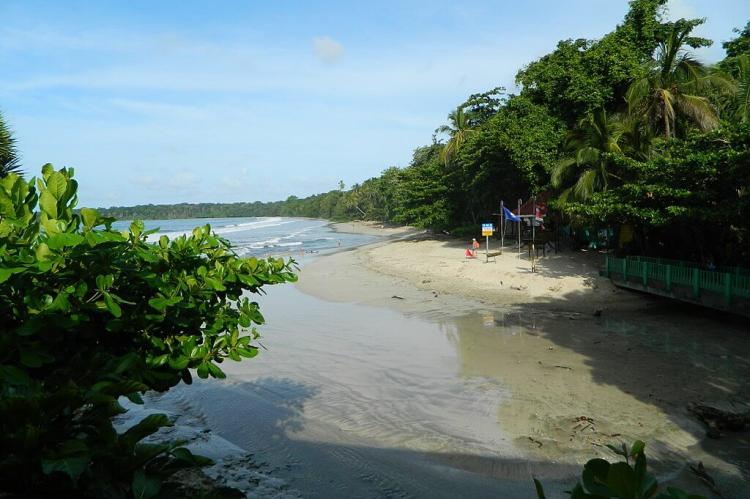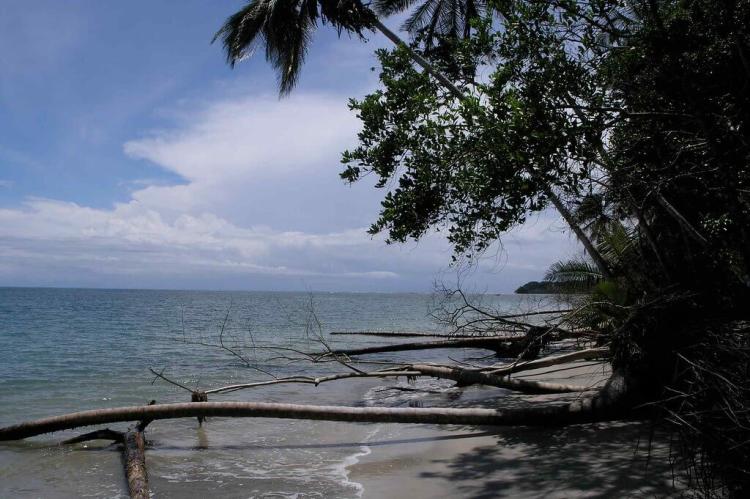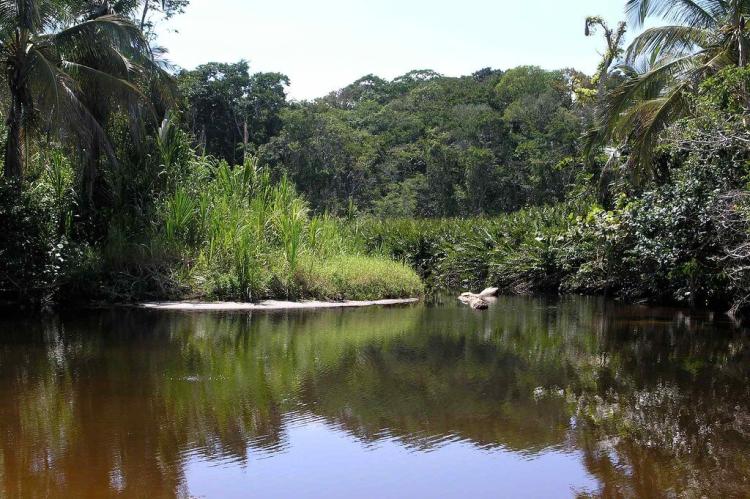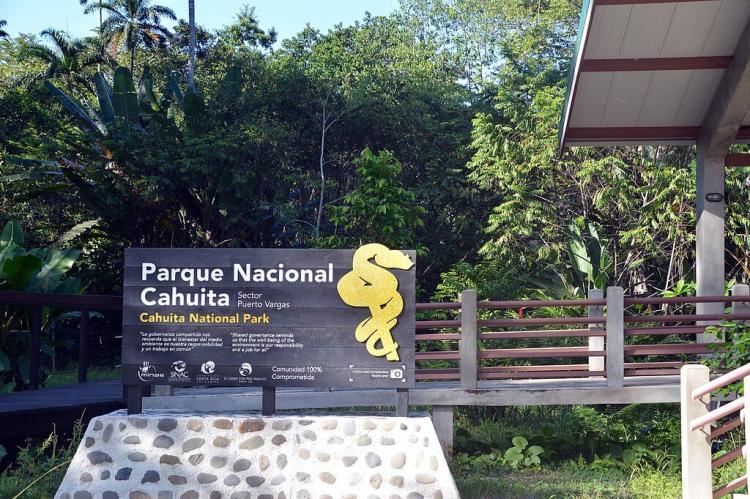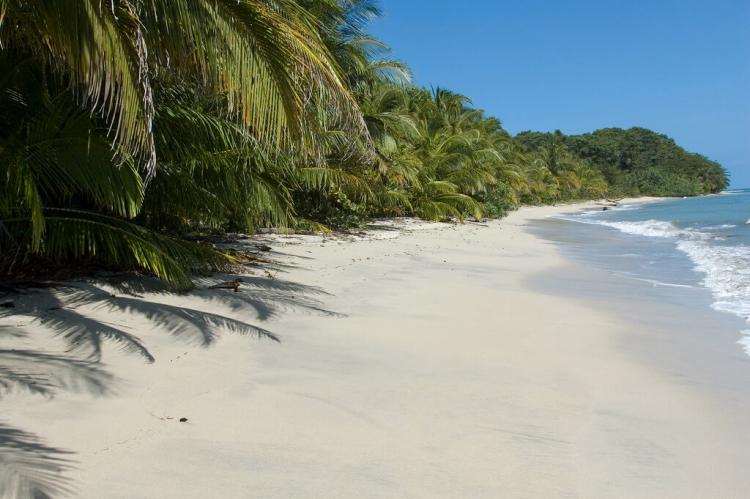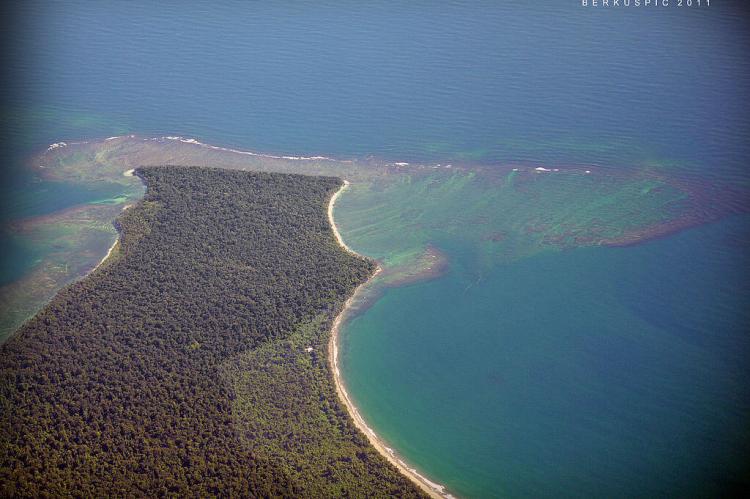Exploring Cahuita National Park: Costa Rica’s Caribbean Jewel
On Costa Rica's Caribbean coast, Cahuita National Park is a small yet ecologically rich protected area significant for its natural beauty and cultural heritage. Its purpose is to protect the extensive coral reefs and diverse tropical ecosystems that thrive along the coastline.
Cahuita National Park: A Caribbean Jewel of Biodiversity and Cultural Heritage
Cahuita National Park, located along the stunning Caribbean coast of Costa Rica, is a small yet ecologically rich protected area that holds immense significance for both its natural beauty and cultural heritage. The park, established in 1970, encompasses 1,106 hectares (2,732 acres) of land and 22,300 hectares (55,200 acres) of marine territory. Its purpose is to preserve one of the country's most extensive coral reefs and protect the diverse tropical ecosystems that thrive along Costa Rica's Caribbean coastline. Renowned for its biodiversity and historical ties to the Indigenous Bribri people, Cahuita National Park is a living testament to the interconnection between natural conservation and cultural preservation.
Protecting CostaRica'ss Largest Coral Reef
Cahuita National Park boasts Costa Rica's most extensive coral reef, an underwater treasure spanning 242 hectares (600 acres). This coral ecosystem is vital to the health of the Caribbean Sea, supporting over 35 coral species and more than 500 species of fish. Among these are the elkhorn coral, brain coral, and fire coral, which provide shelter and sustenance for various marine creatures, including parrotfish, angelfish, and nurse sharks. In addition to coral, the reef harbors a diverse collection of mollusks, crustaceans, and sponges, contributing to the rich tapestry of marine life.
The reef's outer boundary, which extends approximately 4 kilometers (2.5 miles), forms a natural barrier that protects the park's coastline from strong ocean currents, creating calm waters ideal for swimming, snorkeling, and diving. The underwater world here is a paradise for divers and marine enthusiasts, offering the chance to observe vibrant ecosystems up close while contributing to the park's conservation efforts. However, the reef's fragility makes its protection crucial, as threats like climate change, pollution, and irresponsible tourism can cause significant damage to this delicate ecosystem.
Diverse Ecosystems of Land and Sea
Beyond the coral reefs, Cahuita National Park is characterized by a remarkable diversity of ecosystems, including rainforests, mangroves, and beaches. These habitats are home to numerous plant and animal species, making the park a hotspot for regional biodiversity. Cahuita forms part of the larger La Amistad International Park, a UNESCO World Heritage Site that spans the borders of Costa Rica and Panama, protecting the rich biodiversity of Central America.
The Tropical Rainforest
The park's lush rainforests are teeming with wildlife, providing shelter to many species, some of which are endemic. Among the most commonly seen mammals are sloths, northern tamanduas (anteaters), pacas, agoutis, and white-nosed coatis. Primates like mantled howler monkeys and white-headed capuchins are often spotted moving through the treetops. The forest floor is equally bustling with life, where reptiles, amphibians, and a wide variety of insects play crucial roles in the park's ecological balance.
The rainforest is also a haven for birdwatchers. Cahuita National Park has numerous bird species, including the green ibis, green-and-rufous kingfisher, and the colorful keel-billed toucan. These birds contribute to the park's dynamic soundscape, particularly during the early morning and late afternoon hours.
Mangroves and Coastal Wetlands
The park's mangrove swamps are essential breeding grounds for fish, crustaceans, and other marine organisms. These coastal wetlands serve as nurseries for young fish and contribute to the overall health of the Caribbean's marine ecosystems. Mangroves also act as a natural defense system, protecting the coastline from erosion and storm surges while supporting biodiversity by offering aquatic and terrestrial species shelter.
Indigenous Heritage: The Bribri People
Cahuita National Park is a wildlife sanctuary and home to the Bribri people, one of Costa Rica's Indigenous communities. The Bribri have lived in the region for centuries, maintaining a close relationship with the land and its natural resources. Their knowledge of the local environment has been passed down through generations and is crucial in conserving the park's ecosystems.
Visitors to Cahuita National Park can learn about Bribri culture at the Bribri Cultural Center, where they can engage with the community and gain insight into traditional practices, including sustainable agriculture, medicinal plant use, and spiritual beliefs. The park's commitment to preserving Indigenous heritage alongside environmental conservation highlights the importance of maintaining cultural landscapes within natural reserves.
Recreational Opportunities and Sustainable Tourism
While Cahuita National Park is renowned for its conservation efforts, it is also a popular destination for eco-tourists seeking a peaceful nature retreat. The park's pristine beaches, such as Playa Blanca, are perfect for swimming, sunbathing, and snorkeling. The calm, warm waters of the Caribbean provide an ideal environment for spotting marine life while snorkeling along the reef.
For those looking for a more immersive nature experience, the park offers several walking trails that meander through the rainforest and coastline. These trails provide opportunities to observe the park's wildlife in their natural habitats, from monkeys swinging in the canopy to raccoons and sloths moving through the underbrush. Visitors can also camp in designated areas, though the facilities remain basic, ensuring the park retains its rugged, untouched charm.
Biodiversity in Cahuita National Park
Cahuita National Park's importance as a biodiversity hotspot cannot be overstated. Its reef is home to 35 species of coral, 140 species of mollusks, 44 species of crustaceans, and 123 species of fish, providing an unparalleled snapshot of marine biodiversity in the Caribbean. The park's coral reefs, rainforests, and mangroves work together to create a dynamic and interdependent system where each species plays a role in maintaining the health of the broader ecosystem.
The park also serves as a migration route for marine mammals, including Orcas, who occasionally visit the coastal waters. These ecosystems provide critical support for numerous species, making the continued protection of Cahuita National Park essential not just for Costa Rica but for global biodiversity as a whole.
Conclusion
Cahuita National Park is a testament to the power of nature conservation and cultural preservation working hand in hand. Its stunning coral reefs, rich tropical rainforests, and mangrove ecosystems offer a refuge for a wide array of wildlife. At the same time, the presence of the Bribri people underscores the deep cultural roots that run through the land. As one of Costa Rica's most cherished national parks, Cahuita serves as a reminder of the interconnectedness of natural and human heritage, drawing eco-tourists and conservationists alike to protect its unique landscapes for future generations.
